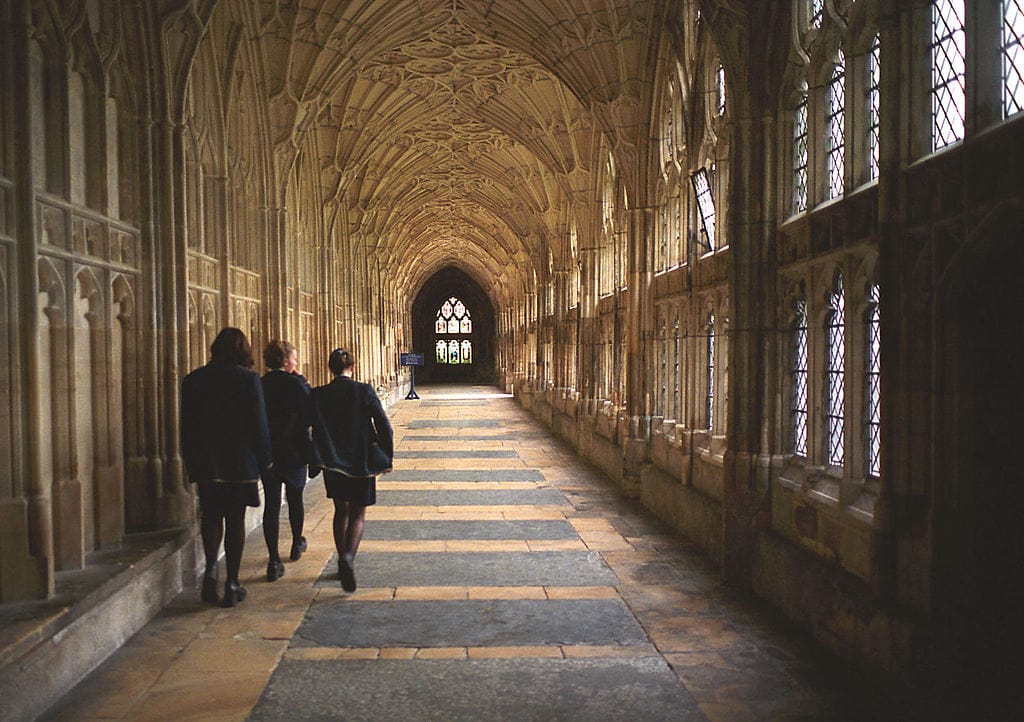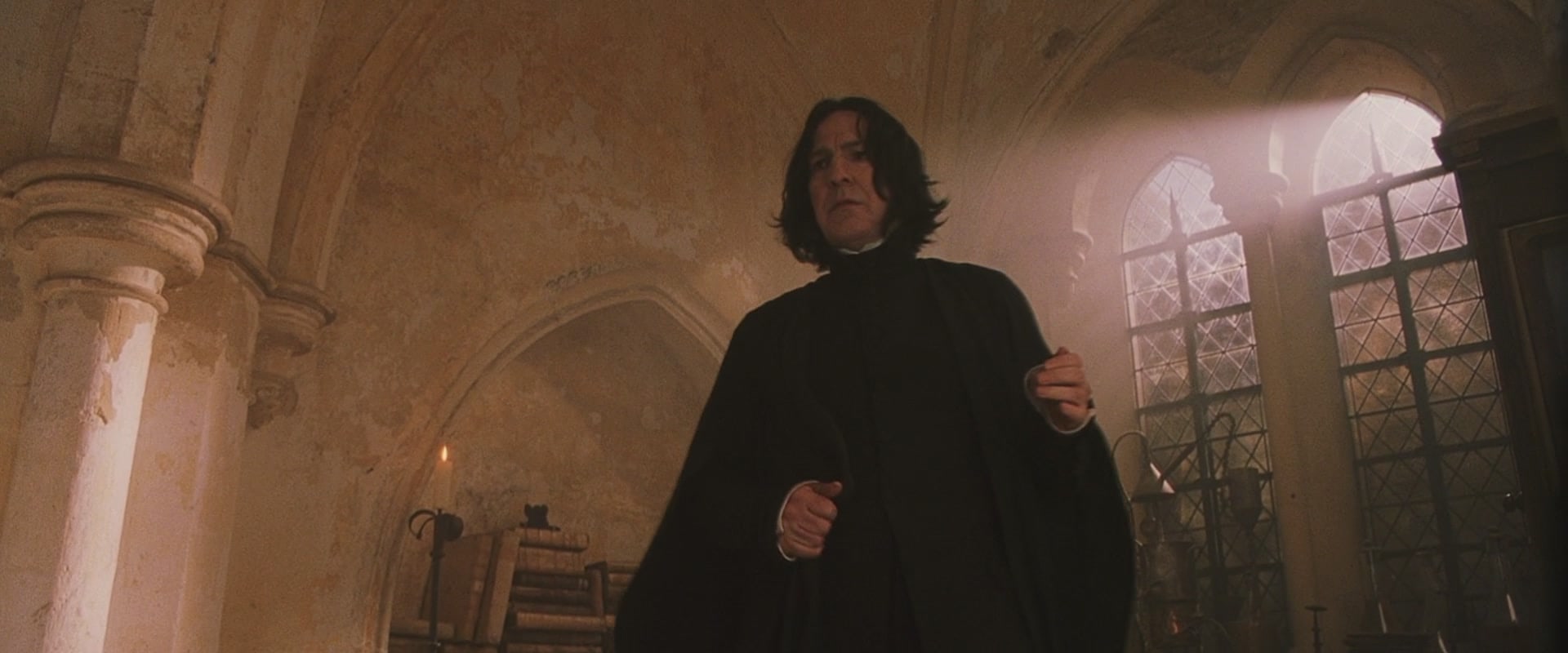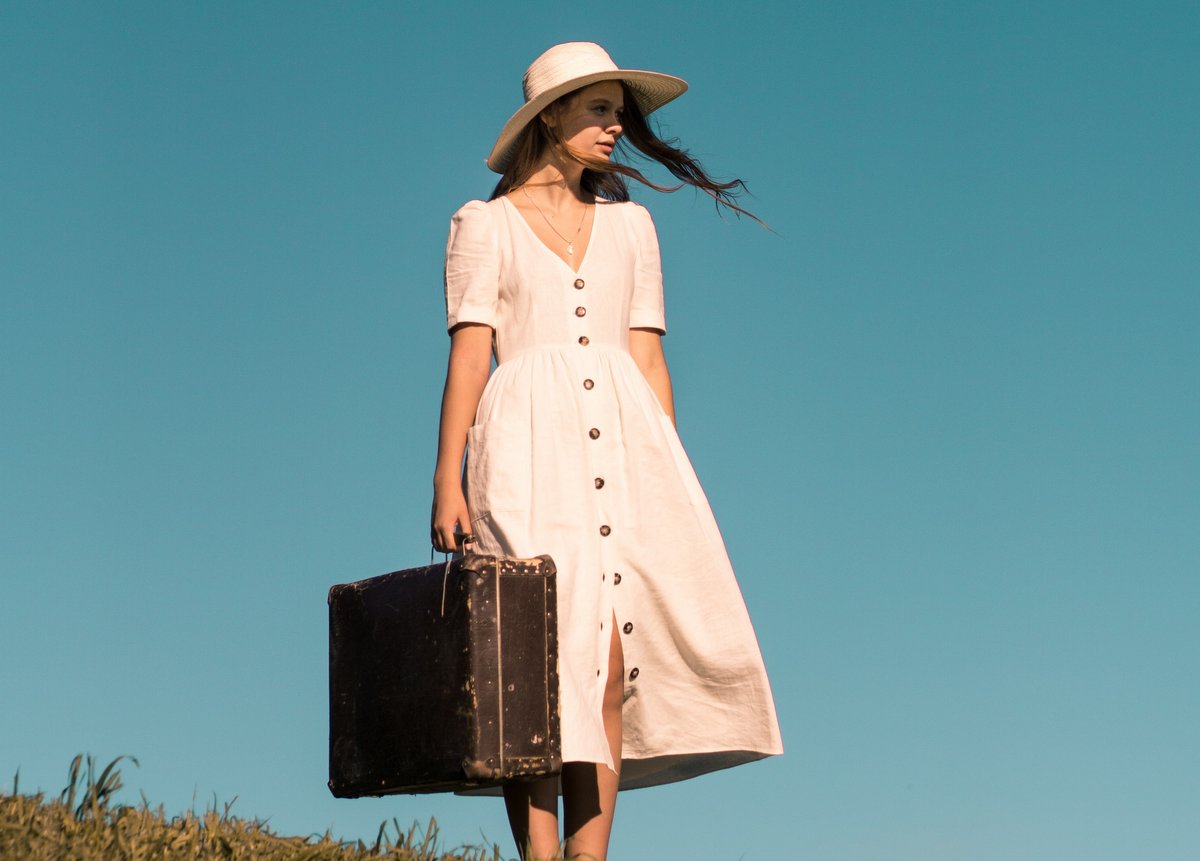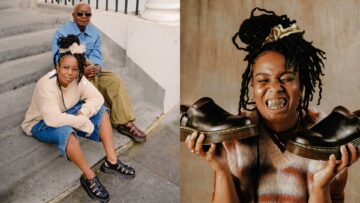
Mae Losasso has done some digging on the web and discovered something strange: GenZ-ers are dressing like farmers and traditional, privately educated, British schoolchildren. What?
“Dark academia is trending,” I read online, “here’s how to nail the fashion trend from TikTok.” Either I haven’t read this properly, or else the site has got it wrong: nobody could cite academia as a fashion influence.
So I type ‘dark academia’ into Google; and true enough, it’s a thing. ‘Dark Academia Is the Moody, Literary Fashion Trend to Try Now,’ reads one article; elsewhere, ‘Light Academia Fashion: The Essential 2022 Guide to the TikTok-Inspired Style Trend,’ accompanied by a black and white photograph of women working in a library in the 1950s. Can this really be the TikTok trend of 2022?

Professor Snape in Harry Potter and the Philosopher’s Stone (2001), definitely a pioneer of dark academia
Turns out I’m a little late to the party: dark academia peaked last year – but light academia is forecast as a key trend for Spring 2022. From what I can glean, dark academia is a little bit Gothic, a little bit Harry Potter, inspired largely by some fantastical notion of scholars staggering through cloisters under the weight of dusty old books. What does it look like? Well, according to one article, key pieces should “meet private school dress code standards.” Smart blazers, pleated skirts, poplin shirts, Oxford neckties, big collars, brogues, knee socks, large tortoiseshell glasses: haven’t we just reinvented the school uniform?
Another article elaborates on the ‘dark’ element of this look: “think Gothic architecture, candlelit libraries, and dark film photos placed next to handwritten poetry on a vintage table.” Poetry on a table? How does one wear that, I wonder? “The dark academia fashion trend,” it continues, “reference[s] everything from Harry Potter to Hellenistic period art.” Hagrid chic meets Elgin Marble luxe? Impossible to picture.
The ‘light’ counterpart to the academic look appears to shed the goth vibes for spring and summer: “dark academia is rooted in rather doom-focused themes that include literary tragedy, the meaning of life, escapism, and death,” one article explains, while “light academia outfits promote optimism, friendship, motivation, and happy endings.” In practical fashion terms, this translates into lighter colours and fabrics: but hey, it’s easier to be optimistic in happy chiffon than melancholy wool!
As somebody who works in academia, I may be taking the word too literally. From where I’m standing, academia means slogging onto campus to teach poetry to undergraduates; it means hours and hours of admin; it means working tirelessly on your own, usually from home, and usually in pyjamas (or something equally unflattering and unstylish); and at best, it means going to conferences, listening to dry academic papers, and then having an awkward glass of cheap wine with other academics, few of whom could be counted among the fashion forward; and none of whom, I’d wager, have a TikTok account. As an academic, the idea of academia as a GenZ trend is, frankly, risible.

The ‘light academia’ aesthetic
But there’s a much bigger question here: what are the cultural implications of a trend called academia? What does it say about us socially, if younger generations are mining fantastical or historical ideas about scholarship – usually with reference to elite public schools and red brick universities – for fashion inspiration? If this has something to do with a love of learning, then that’s commendable. And if, as I strongly suspect is the case, it has something to do with being shut at home for the best part of two years, then teenagers reinventing the school uniform makes sense in 2022. But there’s something else at play; something we can see when we place the academia trend alongside another romantically fetishistic style: cottagecore, sometimes known as farmcore. Where academia draws on lecturers, cottagecore is inspired by another professional group: farmers.
Of course, the TikTok generation who have invented these subcultures aren’t really interested in real academics or farmers; they’re riding a nostalgia train, dreaming of Brideshead Revisited, Pride and Prejudice, and Beatrix Potter loveliness, in ways that seem fantastically regressive. Because harking back to these bygone times means harking back an idea of antique Britishness that is, fundamentally, white, straight, colonial, patriarchal, and classist – and that seems like an odd move from the generation that considers itself more accepting and more open-minded than any before it. But here’s the twist: these subcultures, they claim, are underpinned by a progressive politics.
View this post on Instagram
I found a sort of encyclopaedic entry on cottagecore, with what seemed like an infinite scroll (who knew there was so much to say about floral dresses and puff-sleeved blouses?) which claimed that cottagecore “is particularly popular within lesbian, woman-loving-woman (WLW) and nonbinary loving women (NBLW) communities.” I scrolled a little further, only to find that “the use of Cottagecore aesthetics has been adopted by the TradWives community and members of the far-right as forms of propaganda.” Interesting. I kept scrolling, and then discovered this: “While the opposition to modern life is shared among Cottagecore adherents across the political spectrum, what is specifically being opposed tends to vary. For more progressive-leaning followers of the aesthetic, it is particularly capitalism as well as heteronormativity.”

Is ‘cottagecore’ right-wing?
There are, I know, more worthwhile causes than the politics of cottagecore – but stay with me, because this does reveal something more profound about contemporary culture than meets the eye. That cottagecore would have conservative adherents, seems likely – it’s all about the ‘good old days’ after all. But that anyone could claim frilly Victoriana as an antidote to heteronormativity in 2022 is quite beyond me. How could the fashions from this most repressive of times be understood as progressive, sexually or otherwise?
Something has gone very wrong if the self-professedly, open-minded GenZs can engage in the kind of doublethink that allows them to champion public school dress codes and activities like sewing, baking, and picking flowers in the name of radical enlightenment. Because, let’s face it, historical aesthetics are never really divorced from their original contexts, and any time in history that one era has emulated another, it usually has something to do with politics. When Regency women started sporting Empire lines, it was because Napoleon’s Empress, Joséphine de Beauharnais, was wearing classical dresses, in an explicit attempt to align the French Revolution with the Roman Empire; when the 1970s went all Laura Ashley, it was a definitive rejection of 1960s bra-burning feminism; and when Playboy made a comeback in the 1990s, it was two-fingers to the padded-shouldered career woman of the 1980s. And something of the kind is happening now – only this time, it’s a little more confused.

It is clear that this turn towards history and fantasy is symptomatic of an inability to cope with the crisis of the present, or of any prospect of a future (who can, in the age of the anthropocene?). It’s also clear that this has something to do with the fact that fashion has stagnated (among the key trends for Spring-Summer 2022, Vogue lists ‘white’, ‘colour’, ‘stripes’, and ‘leather biker jackets’), and even the regular rehashing of 20 year trend cycles has ground to a halt (Y2K is still on the menu, according to Vogue). All we can do, it seems, is look back. The internet is partly responsible – these are TikTok trends after all – but at root, these fashions betray a wider cultural having-one’s-cake-and-eating-
I recommend that GenZs look at contemporary academics and farmers for some fashion tips: academics in their filthy, dog-eared dressing gowns; farmers in mud-caked boots and hardy jeans. Why? Because this is the uniform of getting shit done, whether that’s in the mud or in scholarship or in politics, or wherever. And if they find it’s not so glamorous after all, then maybe the academics and farmers are best left alone, doing their unglamorous jobs in their practical clothes, and it’s time for the most open-minded generation yet to come up with some new fashions to suit our current era.


